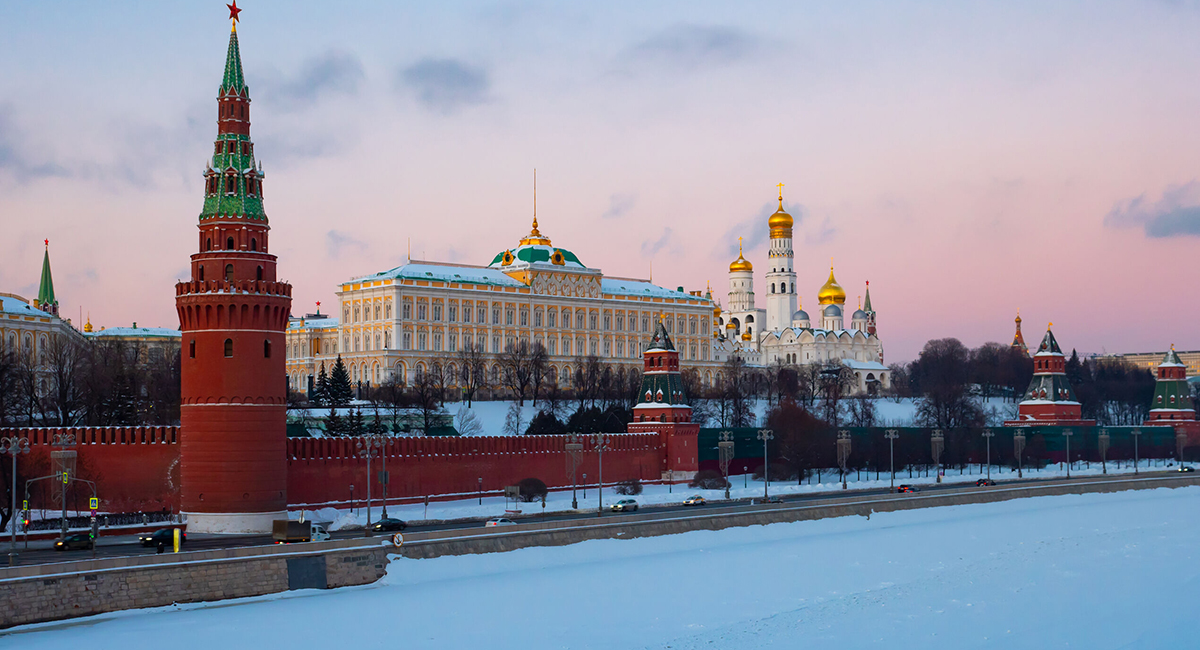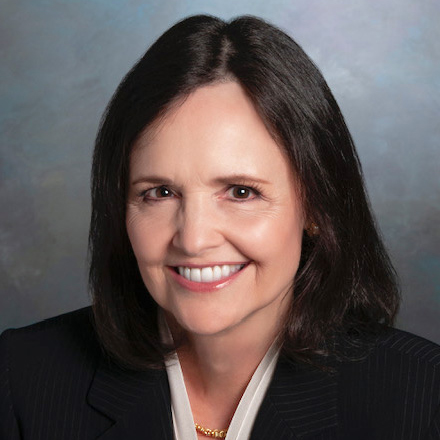Many in America today fear that our nation is going the way of Europe—becoming more socialist and redistributionist as government grows ever larger. But the most disturbing trend may not be the fiscal enlargement of government through excessive spending, but rather the elevated role of monetary policy.
Our central bank, the Federal Reserve, uses its enormous influence over banking and financial institutions to channel funds back to government instead of directing them toward productive economic activity. For evaluating the damaging effects of this unhealthy symbiosis between banking and government, the more instructive model is the Soviet Union in its final years before economic collapse.
We can draw lessons from the fact that the Soviet Union went bankrupt even as its fiscal budget statements affirmed that government revenues and expenditures were perfectly balanced. Under Soviet accounting practices, the true gap between concurrent revenues generated by the economy and the expenditures needed to sustain the nation was obscured by a phantom “plug” figure that ostensibly reflected the working capital furnished by the Soviet central bank, Gosbank.
The problem for the Soviet government was that financing provided by the state-controlled bank was supporting an increasingly unproductive economy—bailing out unprofitable enterprises that had long since quit producing real economic gains that might have raised living standards. The extension of credit to these entities had little to do with merit or potential usefulness.
The Soviet central bank was making up for the difference between government revenues and government expenditures by creating empty credits to be disbursed by central-planning bureaucrats. By the time Mikhail Gorbachev came to power in 1985, vowing to address the disastrous financial situation of the Soviet Union through “perestroika,” or restructuring, the budget deficit being financed through the nation’s central bank amounted to more than 30% of total government expenditures.
Lenin had been wise about the uses of banks. Shortly before the October Revolution, he wrote: “Without big banks, socialism would be impossible. The big banks are the ‘state apparatus’ which we need to bring about socialism, and which we take ready-made from capitalism."
Those big banks can be easily seen today in America: They’re the ones deemed too big to fail because their demise would threaten U.S. financial stability. As mandatory members of the Federal Reserve System, they are vital partners for conducting monetary policy through the purchase and sale of Treasury bonds orchestrated by our central bank, a process known as “federal open market operations.” Besides serving as conduits of Fed policy for expanding or contracting the money supply through Treasury debt transactions, commercial banks can also access short-term funding directly from the Fed through its “discount window.”
As our own nation’s budget deficit has grown substantially larger in recent years—with the shortfall between government receipts and government outlays widening to 34.9% in the enacted budget for fiscal year 2012—our central bank has aggressively stepped up its involvement in financing government spending in excess of revenues.
In 2011, the Fed purchased a stunning 61% of the total net Treasury issuance, thus absorbing a huge portion of the fiscal overhang. Meanwhile, the Fed has been making funds available to member banks at record-low interest rates, targeting zero to 0.25% in the federal funds market and charging less than 1% on primary loans through the discount window.
It’s a bad combination: The Fed, a government agency, not only conducts monetary policy through commercial banks using Treasury debt and by extending virtually cost-free lines of credit; it also regulates those same entities. Our nation’s depository institutions are at risk of becoming complicit instruments of the federal government rather than private credit-granting companies serving free enterprise.
Washington’s dire financial condition is distorting the very nature of banking and defeating the fundamental purpose of financial intermediation. Instead of taking on the risk of making loans to small-business owners, or to individuals wanting to purchase underpriced real estate with future potential, bank portfolio managers have every incentive to play it safe. Why do anything that might raise the eyebrow of the visiting banking examiner?
Even as community bankers feel the subtle pressure to avoid local lending, the distorted incentive structure resulting from the Fed’s behemoth presence in banking and finance has its greatest impact among the larger institutions. They can earn more profits by trading sophisticated financial derivative instruments and speculating in currency markets rather than engaging in the hard grind of evaluating individual proposals from entrepreneurs seeking investment capital.
According to the Bank for International Settlements, more than 75% of the $647 trillion in notional value of outstanding derivatives arises from such contracts linked to interest rates—an indication of the extent to which monetary policy dominates the world of big finance.
Capitalism depends on access to capital. It’s a sad development that banks have turned away from the noble task of directing financial seed corn to the most promising harvesters of productive endeavor. And that they are drawn instead to playing the Fed’s nuanced game of betting on government debt and arbitraging interest-related plays.
Recent suggestions that perhaps the solution is to involve our central bank even more in the lending decisions of banks—by having the Fed grant special funds to American banks for the express purpose of re-lending them to government-approved nonfinancial borrowers—highlight how alarmingly dirigiste the entire system has become. Can central planning be far away?









